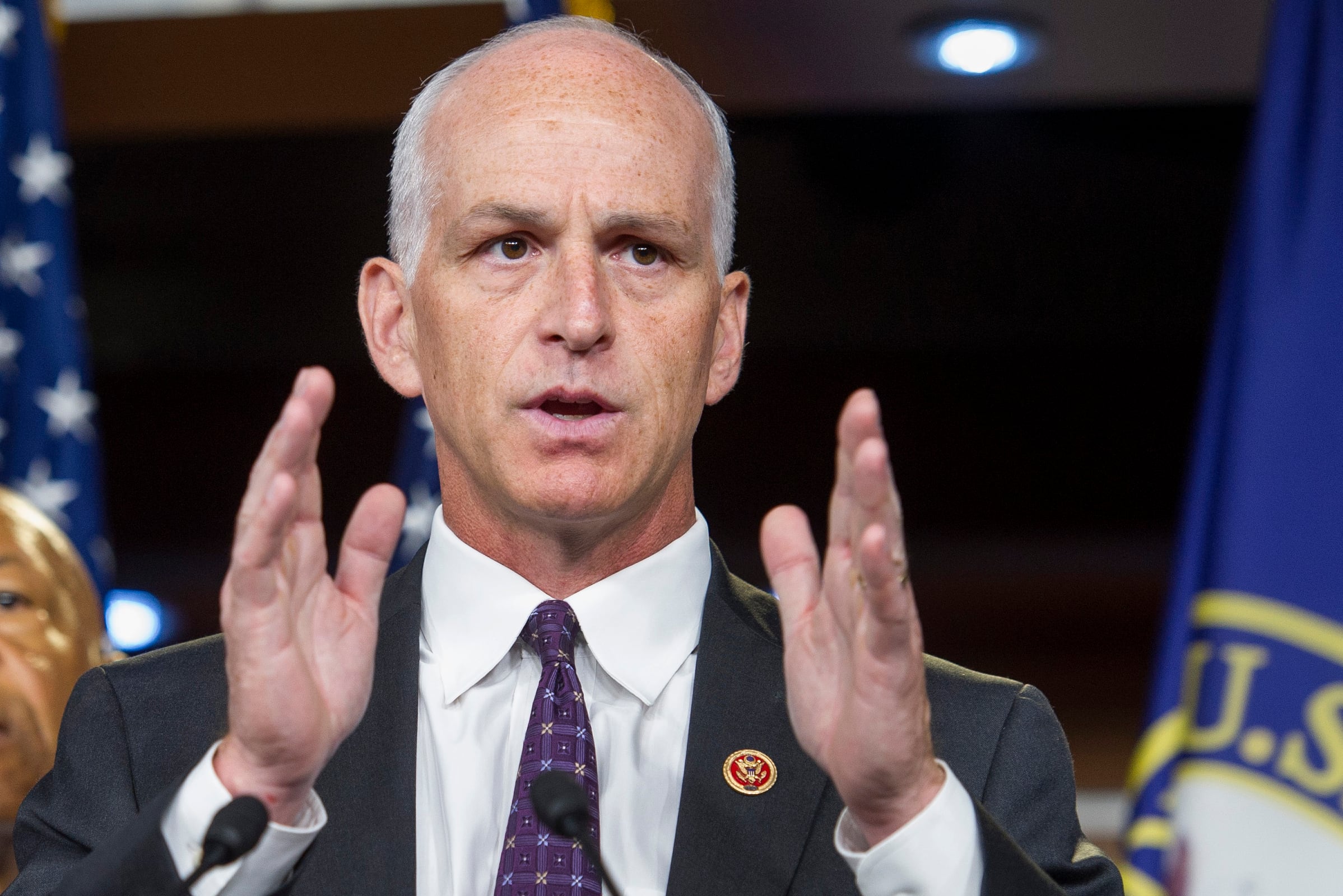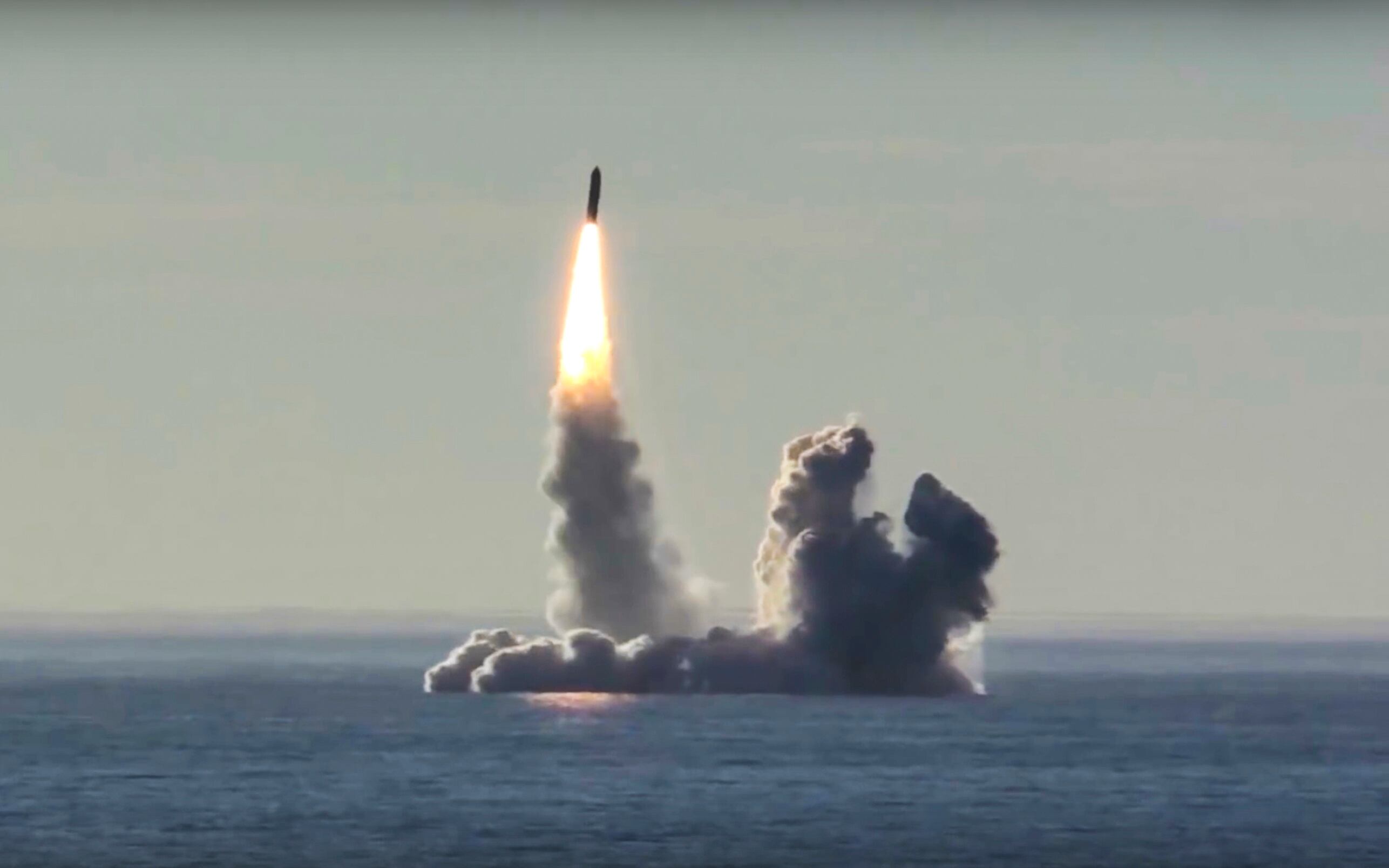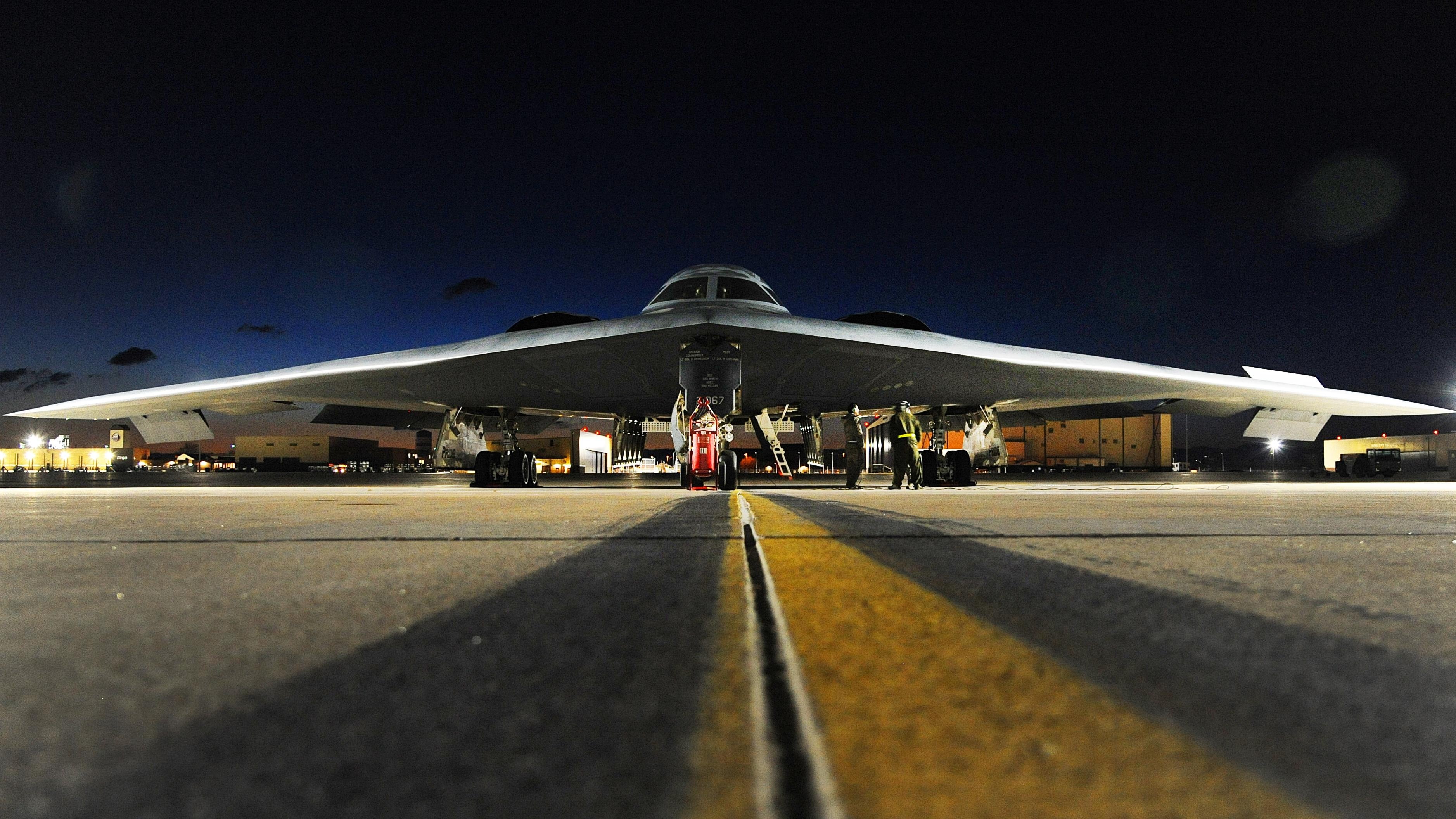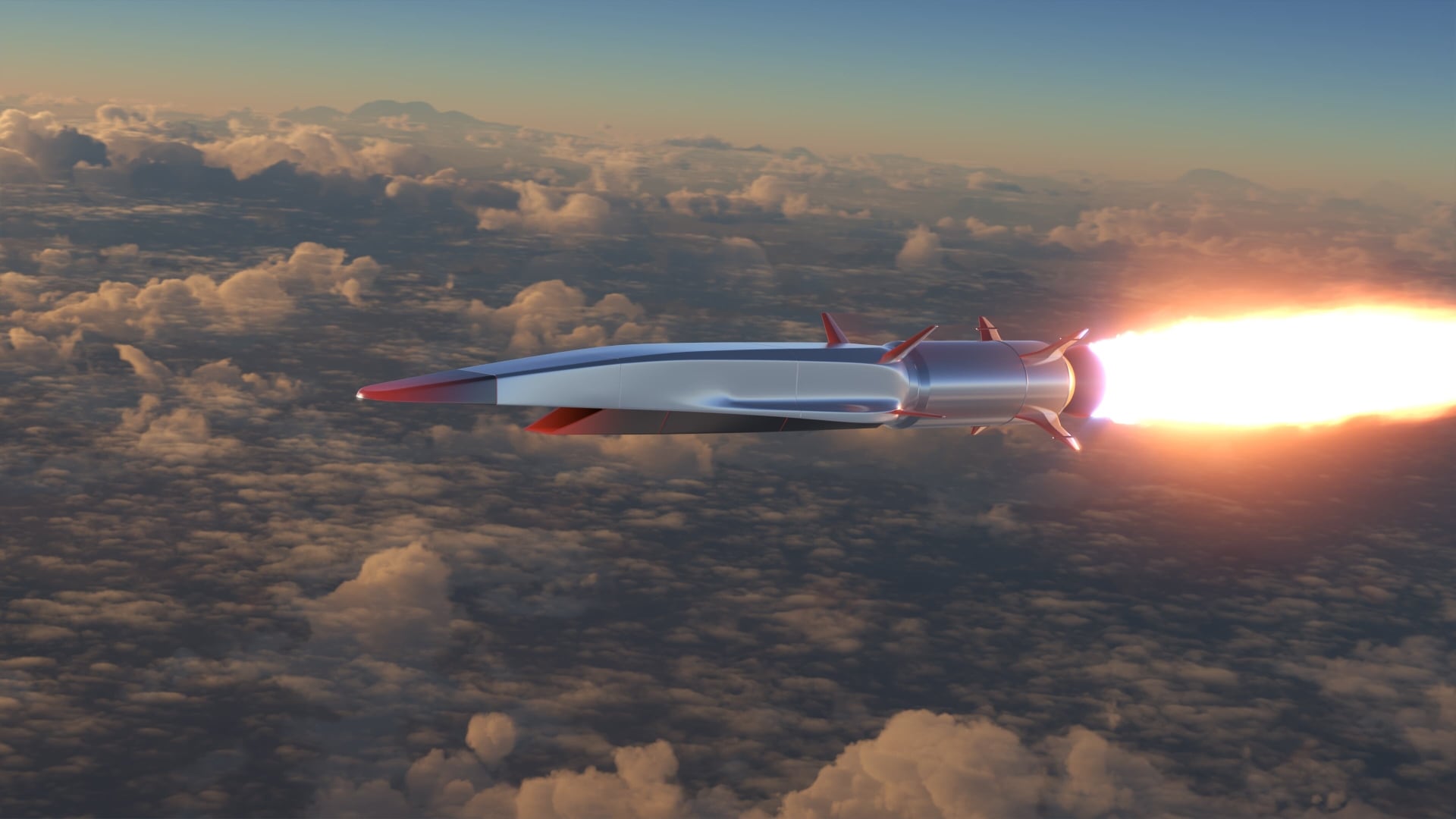WASHINGTON — U.S. lawmakers have drawn battle lines over whether full nuclear modernization is worth the cost, and now they’re gathering ammunition.
As the Republican-led Senate and Democratic-led House prepare competing versions of the annual defense policy bill, they’ve been soliciting expert testimony to build their arguments on one of the key defense budget fights to come: How much nuclear modernization does America need?
Citing a $1.2 trillion Congressional Budget Office estimate, House Armed Services Committee Chairman Adam Smith, D-Wash., supports nuclear modernization but argues that America can spend less and still deter its foes. He’s called for America to adopt a no-first-use policy for nuclear arms and opposed both the Obama-era Long-Range Standoff Weapon and the Trump administration’s low-yield W76-2 warhead.
Smith hosted a March 6 hearing with outside experts at which Bruce Blair, a former U.S. missile-launch officer and now a nuclear security expert at Princeton University, said the nation could maintain “a fully adequate deterrent threat” with a monad of five Ohio-class nuclear-powered submarines — rather than the established triad of submarines, bombers and intercontinental ballistic missiles.
The focus, Blair said, should be on repairing dangerous vulnerabilities in nuclear command-and-control infrastructure. “There’s concern that the president who has only about five minutes under current strategy to make a decision on whether and how to retaliate to an attack — five minutes [in which he] may have to rely on information that has been corrupted,” Blair said.
RELATED

But the hearing also highlighted intra-party divisions Smith may have to confront as his committee drafts its version of the fiscal 2020 National Defense Authorization Act.
During the hearing, Virginia Democratic Rep. Elaine Luria, who served as a nuclear-trained Navy surface warfare officer and represents defense industry-heavy Hampton Roads, said the panel needs to be “steadfast in its support for maintaining and modernizing the [entire] nuclear triad.” She called it “dangerous to allow someone to come before this committee and suggest the United States should reduce or completely eliminate its stockpile."
“To suggest that other countries will follow suit out of the goodness of their heart — in fact, I think we’ve seen the opposite in the last 10 years,” Luria said.

In recent weeks, Senate Armed Services Committee Chairman Jim Inhofe, R-Okla., and other nuclear modernization advocates have diligently elicited public support from at least four flag officers to modernize the nuclear triad. Inhofe spelled out his game plan at a Feb. 28 hearing on nuclear policy.
“We’re going to be doing our defense authorization bill, and we’re going to try to get everything on schedule, as we did last year, but we’re going to have to resolve these things,” Inhofe said. “We want to get the best experts around, and that’s why we’re doing it with the uniforms and with those outside [of government].”
RELATED

In multiple hearings so far this year, Inhofe has pointed to Russian and Chinese efforts to develop their own nuclear triads, and suggested the U.S. has neglected its own aging arsenal. How right he is depends on who you ask.
The U.S. isn’t on track to begin fielding replacements for its Cold War-era triad until the mid- to late 2020s, while Russia will have modernized nearly all of its bombers, land-based missiles and submarines by 2021, according to Peter Huessy, a defense consultant and nuclear expert with the Mitchell Institute for Aerospace Studies. China is expected to have a fully modernized and expanded nuclear deterrent with mobile ICBMs, a new missile-armed submarine and long-range cruise missiles by the end of the next decade.
Kingston Reif, a nuclear policy expert with the Arms Control Association, acknowledged that other nuclear-armed states, notably Russia and China, are upgrading their arsenals and have tested, produced and deployed more brand-new weapons than the United States over the past decade or so.
However, he added, the American nuclear arsenal remains unrivaled.
“The U.S. military has refurbished and improved nearly all of its existing strategic and tactical delivery systems and many of the warheads they carry to last well beyond their planned service life,” Reif said in an email to Defense News. “Though decades old, these forces are more capable than the originals."
In an exchange with Inhofe at a March 5 SASC hearing, U.S. Strategic Command chief Gen. John Hyten called the nuclear triad “the most important element of our national defense,” adding that, “because of the capabilities of each leg of the triad, I have the ability to respond to any threat.”
Hyten called the modernization program “minimum essential capabilities required to defend this nation” from Russia and China, whose capabilities pose “the most existential threat.”
RELATED

At a separate hearing, Inhofe asked the chief of U.S. European Command to respond to the idea that “we’ve been guilty, I think, for a long period of time in not addressing our nuclear modernization,” while Russia and China were developing their own triads.
The commander, Army Gen. Curtis Scaparrotti, agreed the strategic nuclear force was “critical” and that the triad is necessary “to make it complex for our adversaries to determine or believe that they have the opportunity to strike and gain dominance. With the triad, I’m certain that they can’t. I would note that they also have a triad as well.”
The chairman of the SASC Strategic Forces Subcommittee, Nebraska Republican Sen. Deb. Fischer, has been vocal in and outside of hearings. Fischer, whose state is home to Strategic Command, has challenged Smith by name in multiple news releases — one claiming the no-first-use policy Smith advocates, “erodes deterrence,” and also that his skepticism about ICBMs “ignores reality.”
Both Fischer and Inhofe had U.S. Cyber Command chief Gen. Paul Nakasone during a Feb. 14 hearing affirm that cyber capabilities are no substitute for a nuclear arsenal.
Then a month later, Fischer also asked Gen. Joseph Dunford, the Joint Chiefs chairman and top uniformed officer under President Donald Trump and President Barack Obama, whether he found “this idea of direct substitution unwise.” That, in turn, elicited a reply in full support of nuclear modernization and the triad.
“We, as you know, have looked at this through more than three or four administrations in a row," Dunford said, “and we concluded that the current construct of the triad with a robust nuclear command-and-control capability is the most effective way to raise the threshold for the use of nuclear weapons by any potential adversary.”
Joe Gould was the senior Pentagon reporter for Defense News, covering the intersection of national security policy, politics and the defense industry. He had previously served as Congress reporter.








